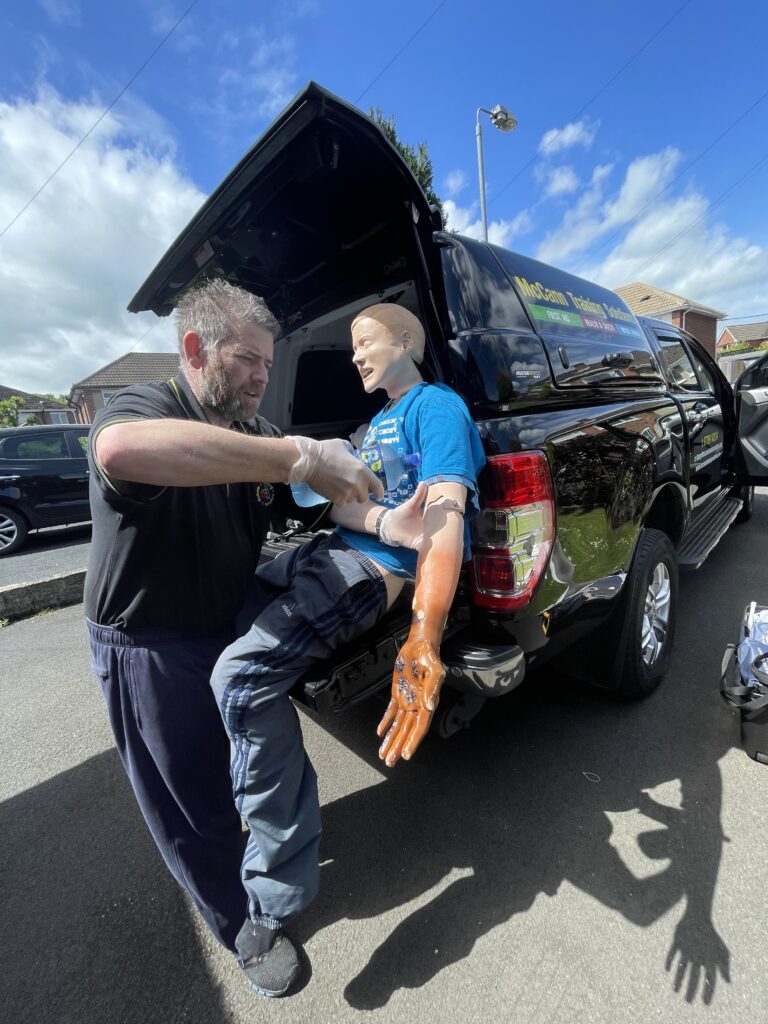Physical and Psychological
Care of the wounded and ill has two very different sides, both physical and psychological elements need to be considered. The combination of these two sides in first aid is essential. The human body becomes very fragile and needs cared for in a very well constructed pathway. Cultural diversity is a massive card in the stack, what is appropriate for one may not be for another. From beliefs to bandaging offers many different bridges, so we take them one at a time.
The world has multiple languages, just because we are all constructed the same way doesn’t mean we are the same. An educational approach blended with experiences help you along the way. By identifying signs and symptoms a physical approach is taken, psychological care can be delivered through observing symptoms in patients. Treating someone how you would like to be treated offers a great sense of relief and builds a strong rapport. Repairing someone’s emotion is probably one of the hardest injuries to treat and recover from, step lightly and don’t forget. Afterall we are all in this together, side by side, it is imperative that we understand the the two sides to first aid.
Signs & Symptoms – The Two Sides To First Aid
The human body is designed on a very unique blueprint, to successfully treat people we need information. This is captured through signs and symptoms and this is a physical and psychological approach, so what’s the difference? Signs we detect through observations, so when we touch the human body are there differences. Is skin colour the same on both sides, can you hear someone struggling to breathe. Is there a distinct odor around the human being or can you smell something in the air around you, Does one side feel cold, swollen or sensitive to touch, maybe you can taste something on your tongue from the surroundings.
Symptoms include verbal, do they feel sick, dizzy, scared or even in pain? This information can trigger the sixth sense in you, also known as intuition. A shiver in your spine or the hair on your neck stands up, or a funny feeling in your stomach. But if it doesn’t look right, sound right, smell right, touch right or taste right do something about it and act.


The Heart of First Aid
Simple communication is one of the most important things you can do to help patients, offering empathy and understanding will put you on the right path and build rapport. The heart of First aid lays here, its rhythm can easily be disturbed by your actions. Lack of understanding can break harmony, leading the body into an uncontrollable state, the respiratory system loses its balance. A chemical imbalance occurs & adequate tissue perfusion is lost. Your calm reactions and bedside manner have a lot to do with people’s recovery, just put yourself in their shoes and understand how you would like to be treated, allow this fuel to ignite the compassion from within and step forward to help the injured & ill.
You can’t change what happens, you just change what you do about it
Danny McCann – McCann Training Solutions
